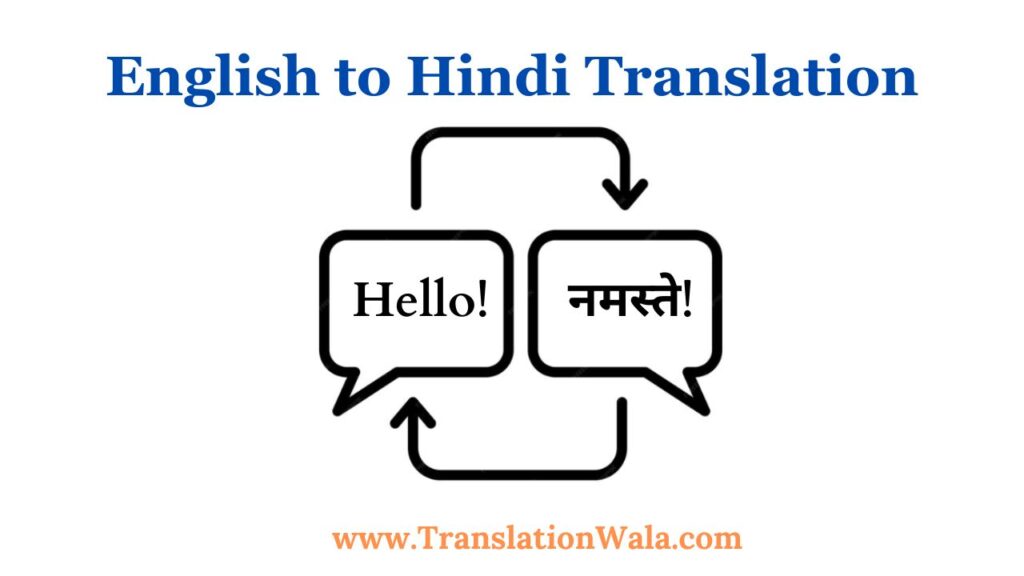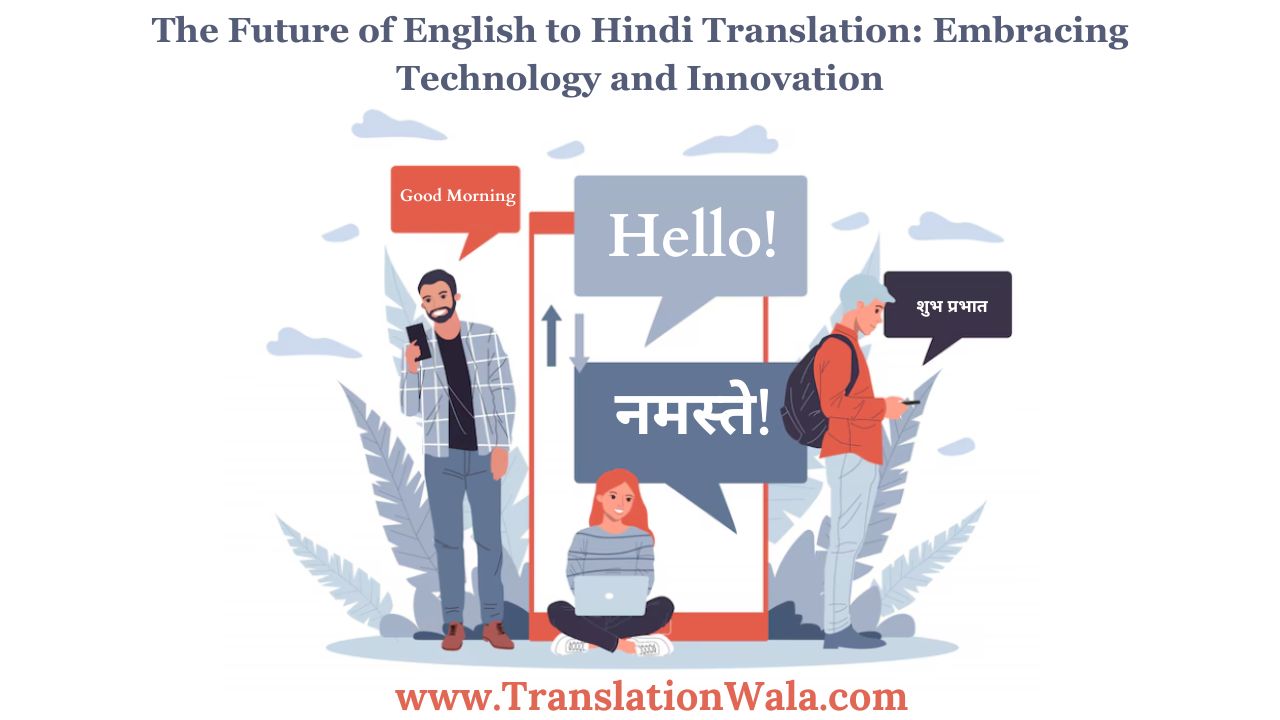The world of language is like an ecosystem: it changes all the time as people share knowledge and cultures. As a link between two of the most common languages in the world, English to Hindi translation is at the center of this change. As technology keeps getting better, the future of this field looks bright, full of new ideas and a better understanding of how people talk to each other.
This blog talks about the exciting things that could happen in the future with translation from English to Hindi. We’ll talk about how technology can change things, the rise of machine translation, and how important human knowledge will remain in this constantly evolving field.
The Technological Revolution in Translation
New technologies are fundamentally changing the translation scene. Change is being driven by these key trends:
- Machine Translation (MT): Machine translation tools are getting better all the time, which means that translation services are getting faster and cheaper. MT isn’t a substitute for human knowledge, but it can handle a lot of text, which frees up translators to work on more difficult or subtle tasks.
- Artificial Intelligence (AI): AI is about to change the way translation is done by letting computers learn and adapt to subtleties in language. AI-powered translation tools can look at huge amounts of data and make texts more accurate and natural over time.
- Neural Machine Translation (NMT): Deep learning techniques are used in this cutting-edge technology to make it work like a person translating languages. NMT computers can understand complicated sentence patterns and idioms, which makes versions sound more natural.
- Cloud-Based Translation Platforms: Cloud technology gives interpreters access to translation tools and resources whenever they need them. This lets them work together and quickly from anywhere in the world.
Also Read: Beyond Language Barriers: Mastering English to Punjabi Translation

The Rise of Human-Machine Collaboration
Human translators will not be replaced in the future of English to Hindi translation. Instead, the skills of both people and machines will be used to the fullest. The following is how this partnership will go:
- Post-Editing Machine Translation: Even though computer translation tools are getting smarter, editing by humans is still very important. Human interpreters will make sure that the text is correct, takes into account different cultures, and flows naturally.
- Domain Expertise: There will always be a need for translators who are experts in certain areas, like medicine or law. Machines might have trouble with complex terms and subtleties, but experts can help.
- Creative Content Translation: Human interpreters will always be needed for creative writing, marketing materials, and other types of content that need a deep understanding of tone and style.
Embracing the Future: Skills for Success
As the world of translation changes, translators need to change with it and learn new skills to do well:
- Technological Fluency: It is important to know how to use translation tools like CAT software, MT engines, and phrase management systems.
- Data Analysis Skills: It will become more and more important to be able to look at data and use it to make translations better.
- Project Management: Translators may have to handle complicated projects that use a lot of different languages and forms.
- Continuous Learning: The world of languages is always changing, and translators will have to keep learning to keep up with the newest tools and trends.
Conclusion: A Brighter Future for Communication
There are a lot of exciting things that could happen in the future with English to Hindi translation. By accepting new technologies and encouraging people and machines to work together, we can make a world where people can communicate across language hurdles more accurately, quickly, and culturally. As technology keeps getting better, the translator’s job will change from working alone to working with others to make sure that people from different countries can communicate clearly and meaningfully. This future shows a world where all the different and rich languages people speak can be fully understood and used, leading to better cooperation and understanding around the world.



